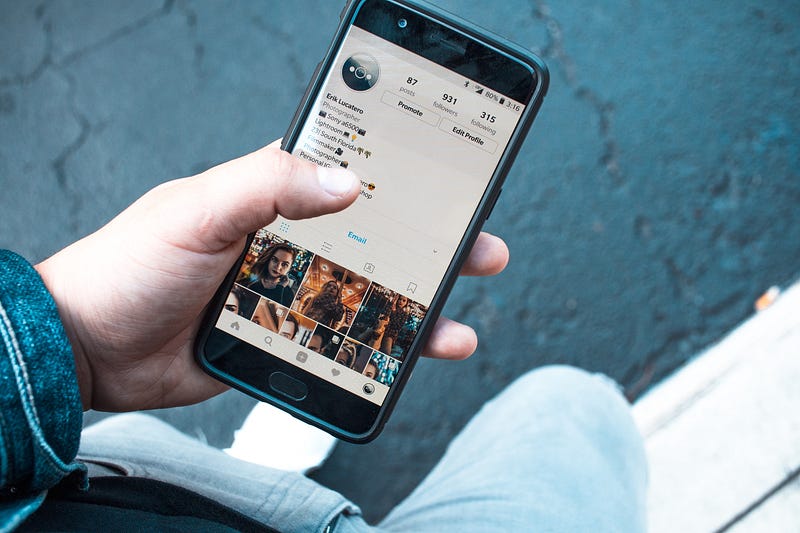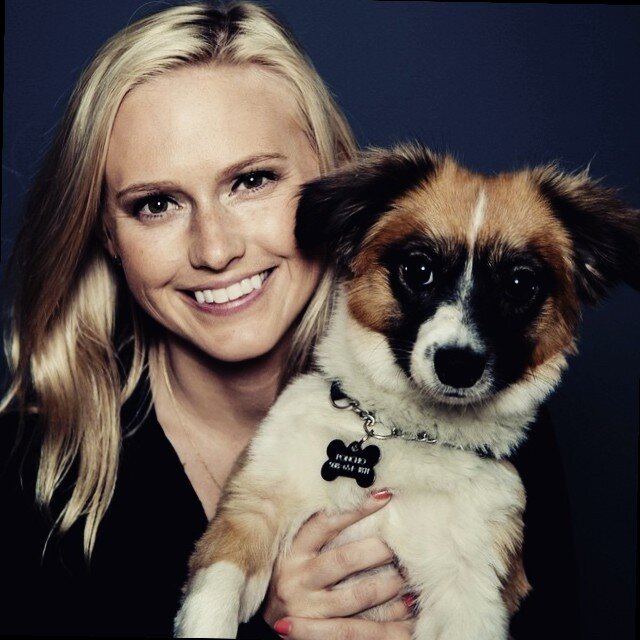Are we actually designing with humans in mind?
And the high you get from social media.

Social Media & Your Brain on Drugs
I speak for most of the population when I admit, there is a certain high you get from social media, whether it is a like, posting a particularly beautifully filtered photo, scrolling through Instagram to see frenemies “enjoying life” and chuckling to yourself, knowing they aren’t actually that happy. I know I’m not the only one who has done this. That rush and those feelings you experience is literally your brain on drugs.
The dopamine response
What does that mean? Obviously you haven’t taken any drugs, but, what I am trying to say is, the stimulus of what I mentioned above, of social media, induces a very similar reaction to that of drugs. Whenever you post or receive a like or comment, even when you are giving away likes or comments, you get a hit of dopamine.
What is dopamine exactly? It’s a neurochemical known as the “reward module” which is released after we perform certain actions or behaviors, such as exercising. It gives us a rush of happiness, accomplishment and, kind of, a sense of purpose in this crazy world. Dopamine also plays a role in habit formation and addiction. It’s great in helping us form that habit of going back to the gym constantly, but not so great if it uses its powers to compel us to constantly check social media. The combination between the unpredictability of whether or not you will get a like or comment on your photo with the dopamine-induced response when you do, simply keeps us addicted to social media. You might even start getting that giddy feeling when you hear your phone buzz.
So what?
Tech companies understand what causes dopamine to trigger in our brains, and they use all those techniques and hacks in their products, causing us to be in a never ending cycle of compulsion loops. The randomness of a like, you never know when you are going to get it, or a notification, is addicting and we compulsively check our phones and apps to see if we have received a dose of social affirmation.
Instagram is curated, every social media platform is curated, you don’t see people posting about their mediocre meals, back pain or bad hair days (for the most part). This curated life (what a great name for a TV show, heyo Netflix), creates an enormous amount of pressure on people to be happy. So much of our image of what happiness is is based on social media and that feed full of grinning, perfect people living the best life. These apps create a contagious fabulousness we are all are tricked into ascribing to.
While there is that rush of dopamine that comes from these likes and endless scrolling, there is also this dissonant feeling of failure, time wasted, being left out, and that we aren’t achieving all that others are. We strive harder to fill in the gap and post photos that show we are as glorious and happy as all of our frenemies, we receive likes, we get a rush, we see others posting their fabulousness and we continue to compete. It is a chemical hijack of our brains that creates an artificial baseline of what happiness really is and feels like.
Luckily, there is another type of “happy” neurotransmitter: serotonin. This is a different type of happiness that doesn’t come in a rush from faux-validation through animated heart icons. Instead, serotonin reduces levels of anxiety and depression, as opposed creating rushes of happiness. It feels like a more calm and content satisfaction, like observing a beautiful sunset, sitting on a beach or finishing a delicious novel. Generally, when we achieve goals that cause our brain to emit serotonin, they are goals or moments filled with intention and mindfulness.
What app that you recently used made you feel calm or helped you make progress towards a goal that, in turn, made you feel satisfied and content? I can think of a few, one of them being Headspace, an app for meditation. Makes sense.
Are we really designing for humans?
When we think about being user-centric, user-friendly and crafting experiences based on human-centered design, I am here to challenge: what does this actually mean to us as researchers, designers, developers and all product people, hell, all tech and business people? Are we designing with humans in mind when we create these dopamine-inducing user experiences? To me, it doesn’t feel authentic when the products and services we are designing are creating a false castle of happiness built on a sand foundation of sadness and worthlessness.
Maybe we can still sell our products and services, but more mindfully. Is there a way we can start taking steps towards curating user experiences that create a more calm contentedness that comes from the activation of serotonin? Can we actually achieve real human-centered and empathy-based user experiences while selling products and services or are we doomed to this compulsion loop of dopamine forever?
[embed]https://upscri.be/50d69a/[/embed]
